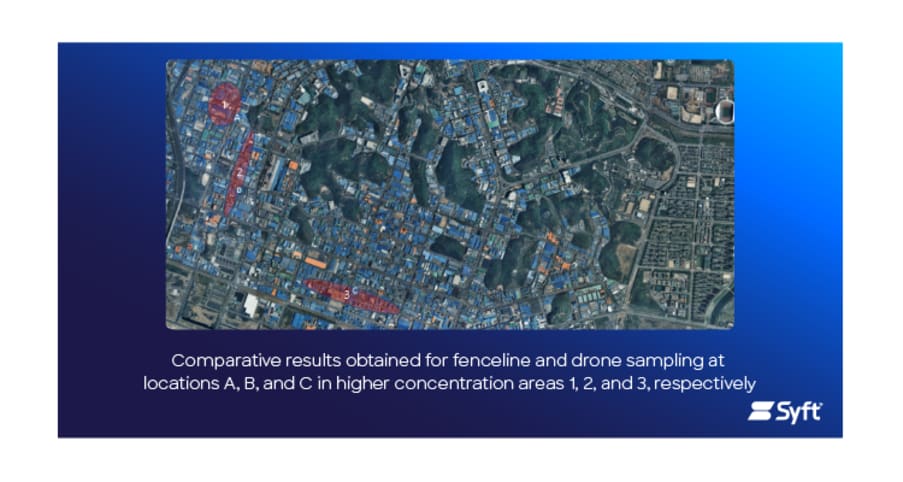
The global plastic waste crisis has become a major environmental challenge, with over 9 billion tons of plastic waste produced by 2021. Around 400 million tons of plastic are added to this growing problem yearly, mainly driven by increasing production and consumption patterns. Conventional recycling methods have proven insufficient in 1 managing this volume of waste, prompting researchers to explore innovative solutions, such as chemical conversion processes. One of the most promising methods is pyrolysis, which uses high temperatures to break down plastics and produce pyrolysis oils with chemical characteristics similar to those of fossil fuels. However, these potential alternative fuels contain high concentrations of olefins (up to 72 wt%). Due to their similar 2 molecular properties, olefins often coelute with other compounds or elute in regions assigned to different hydrocarbon classes, leading to their classification alongside these compounds when characterizing complex mixtures. This overlap has historically made distinguishing olefins from other hydrocarbons challenging during detailed analysis. Comprehensive two- dimensional gas chromatography with flame ionization detection (GCxGC-FID) has proven to be one of the most effective analytical methods for analyzing these complex mixtures, allowing for the detailed separation and identification of the hydrocarbons present while providing efficient, high-resolution chromatographic separations.
A dimethyl disulfide (DMDS) and iodine derivatization reaction can shift olefins from their original position on the chromatogram. Since FID is a quantitative technique, this approach accurately calculates the wt% of olefins that have been chromatographically relocated. Through this method, we are pushing the instrument to its full potential, maximizing its capability to distinguish and quantify olefins without the need for mass spectrometry. This solution is a cost-effective and efficient alternative for the detailed characterization of olefins in complex mixtures that provides reliable and accurate results.





